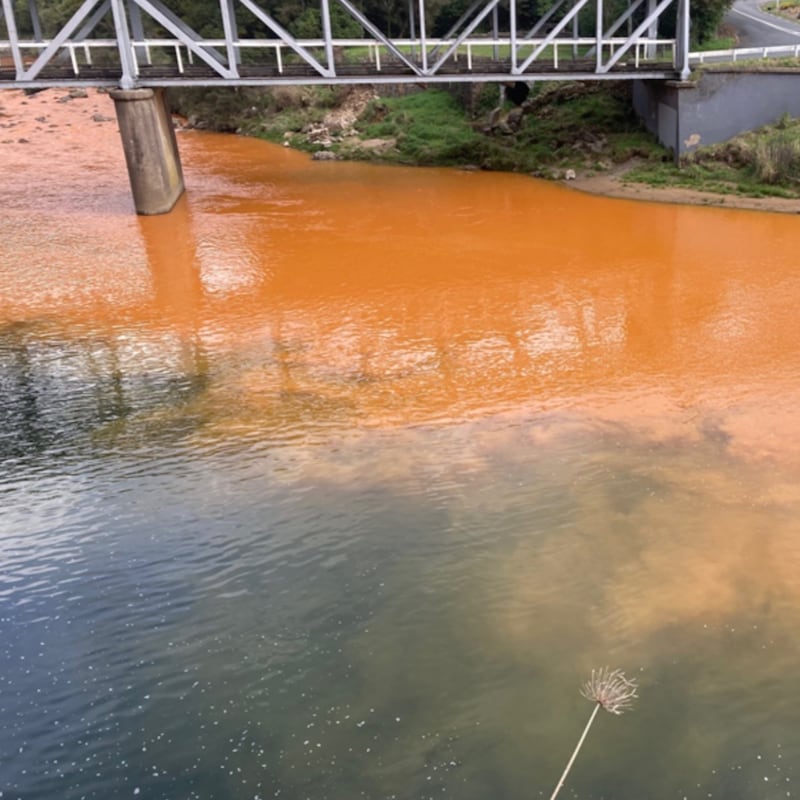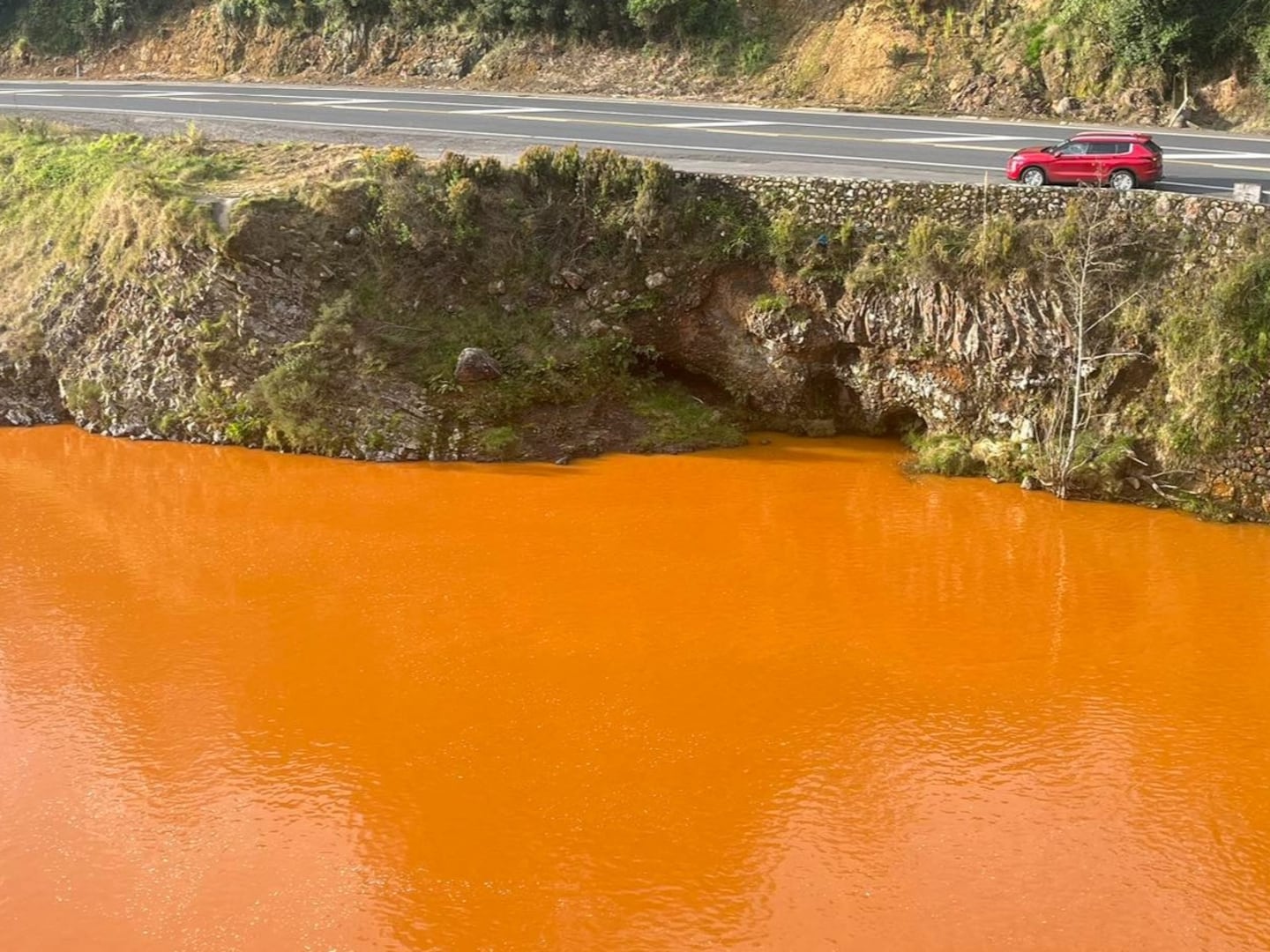Early results from the river that turned bright orange on Friday have shown elevated levels of arsenic in the discharged sediment.
However, the arsenic present in the water was well within drinking water and ecological protection guidelines for fresh water, the Waikato Regional Council said in a statement on Tuesday morning.
“In this form it poses less immediate risk to fish within the water but could still pose longer term risk in downstream areas where sediments accumulate.”
Caldwell said the preliminary sampling results had not detected the presence of cyanide which was often used to help separate out the gold and silver from the mined materials.
“The results also show that the water was not very acidic, which also reduces the concern around short term effects on fish.”
Downstream samples in the main stem of the Ohinemuri River are yet to be received and will provide a fuller picture of the potential effects.
The orange colour appeared to enter the Ohinemuri River downstream of the Waitawheta River, which runs into the Ohinemuri in the Karangahake Gorge.
Staff have been investigating the cause and have taken samples of the sediment and affected waterways on Friday, Saturday and Monday.
The samples have been tested for 33 heavy metals and only have half of the results to date. So far, results show there are also elevated levels of copper and zinc, similar to what could be seen in urban storm water.
High iron in the sediment accounts for the bright orange colour.

Regional Compliance manger Patrick Lynch said since Saturday, when staff confirmed the source of the sediment, a lot more sediment has moved from the front of the mine shaft into the stream that connects with the Ohinemuri River.
“There is still more sediment coming out, and if we get more rain then we can expect to see more orange plumes in the river.
“It’s quite obvious that a lot of people have been coming here and entering the mine.
“This area is very hazardous, and we’ve asked DOC as the landowner to consider some specific signage about entering the mine and perhaps securing the front of the mine shaft.”
Lynch also says there is no evidence to suggest the buildup of the sediment was due to a manmade structure, and it appeared the water leaving the mine was cutting its own natural channel – which was much deeper on Monday than it had been on Saturday.
- Stuff


